
Seems like Japanese condiments and spices are in everything: Cup ramen, California rolls, gyoza. But, let’s be honest, Japanese food abroad is not always the most authentic. And wasabi and soy sauce can get a bit repetitive. Lucky for us, Japanese cuisine has a whole lot more to offer.
So if you’re doing a homestay or renting an Airbnb, step out of your comfort zone and try some of these delicious Japanese spices. Here are 10 Japanese condiments to spice up your meal!
1. Ponzu
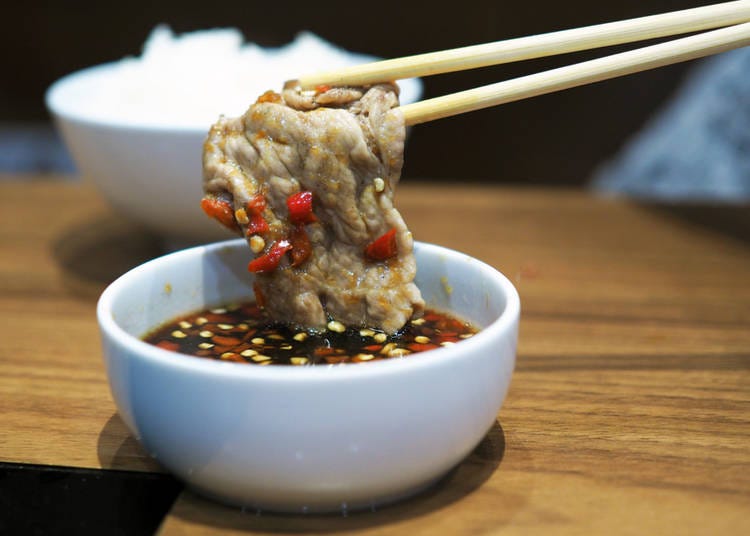
Ponzu is a popular Japanese condiment in Japan. Citrus-based, this sauce has a tart taste and watery consistency. Ponzu can be mixed with soy sauce to make ponzu shoyu.
Because of this, ponzu is great as a dipping sauce for sashimi and hot pot dishes like shabu shabu. In Osaka, ponzu is also offered as a topping for takoyaki, a cheap street food consisting of diced octopus in balls of fried dough.
2. Rayu
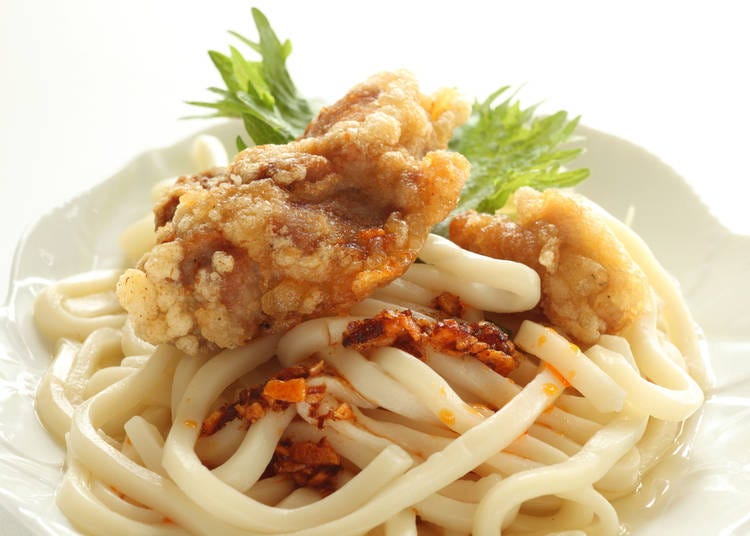
Those who relish (haha, get it?) spicy foods will love this red hot ingredient. Rayu is a spicy oil made of chili-infused sesame oil, diced onion, and garlic. You’ll most often find this on the counter at ramen shops, available to add to your bowl at your own discretion.
Truth be told, some rayu is spicy while others are fairly mild. So, try a bit first each time. Some people really love rayu; in the past, restaurants have offered limited edition spicy rayu burgers and snack companies like Calbee have produced rayu flavored chips.
3. Yuzu Kosho

Japan has a wide variety of citrus fruits, evident in the large selection of citrus-based spices and condiments. Yuzu kosho is a paste-like cooking ingredient made with fermented chili peppers, salt, and yuzu, a Japanese citrus that looks similar to lemon but with a more potent and floral taste.
This spicy-sour condiment adds a lot of depth to dishes and is perfect for those cold winter nights. Try yuzu kosho in hot pots, with fish, and on braised meat!
4. Karashi
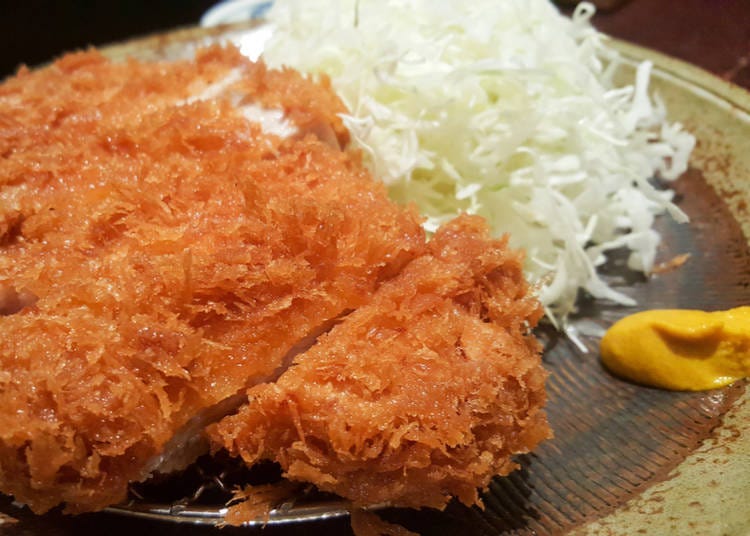
Which do you like more: mustard or ketchup? You’re in luck if you picked mustard, or karashi as it’s known in Japan. Karashi is a yellow mustard, but unlike the mild yellow mustard of the West, it is very spicy.
Japanese mustard is made with crushed mustard seeds and horseradish. No vinegar is used, so it has no acidic aftertaste. Karashi is typically sold in powder form or as a paste. This Japanese hot mustard is served with many dishes, including oden, dumplings, natto, and tonkatsu.
5. Shichimi Togarashi
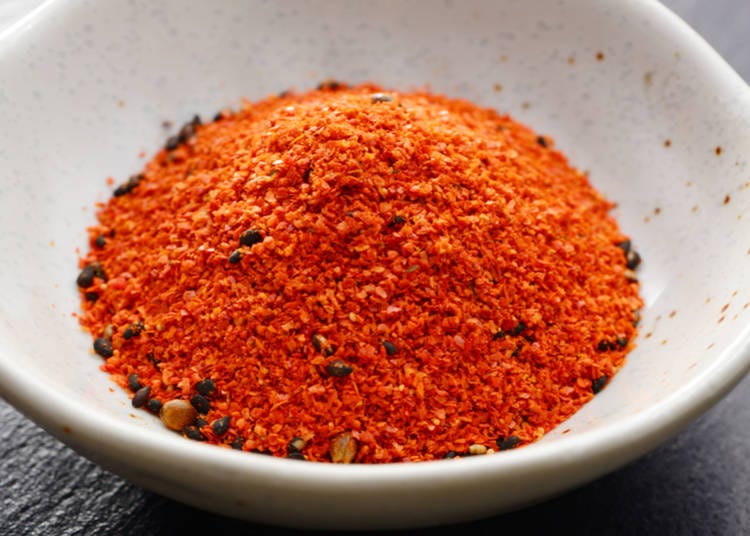
Five spices? That’s nothing. I’d like to introduce shichimi togarashi. Also called nanami togarashi, this spice blend is made of, not just five, but seven spices!
Typical ingredients you can expect to see in shichimi togarashi include red chili pepper, sesame seeds, hemp seeds, poppy seeds, yuzu seeds, rapeseeds, ground ginger, orange peel, and seaweed.
Shichimi togarashi goes well with noodle dishes like soba and udon, as well as Western dishes like grilled fish and burgers!
6. Sansho Pepper
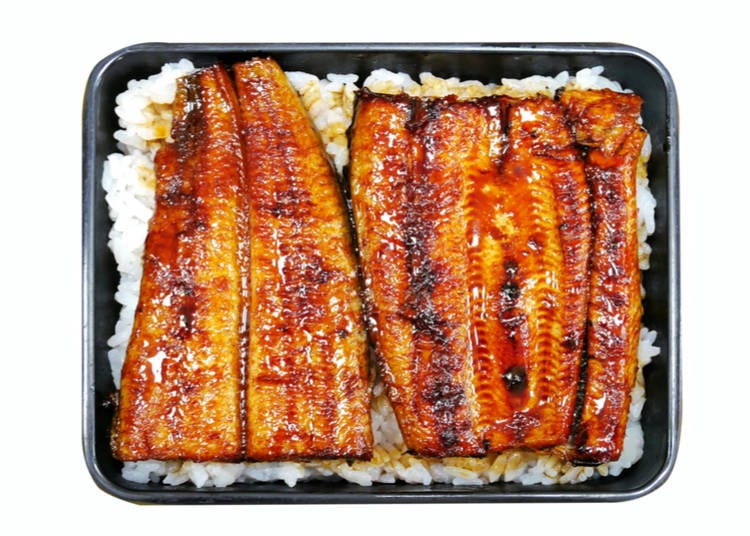
If you are looking for spice and citrus, look no further than the Japanese peppercorn sansho. Sansho is a typical Japanese ingredient with a unique freshness to it. Related to the Sichuan peppercorn, these small green peppercorns pack an even stronger punch along with a citrus flavor.
Sansho is often sprinkled on broiled eel and used as a seasoning for chicken yakitori. Sansho is also another typical ingredient in shichimi togarashi.
7. Japanese Curry Roux
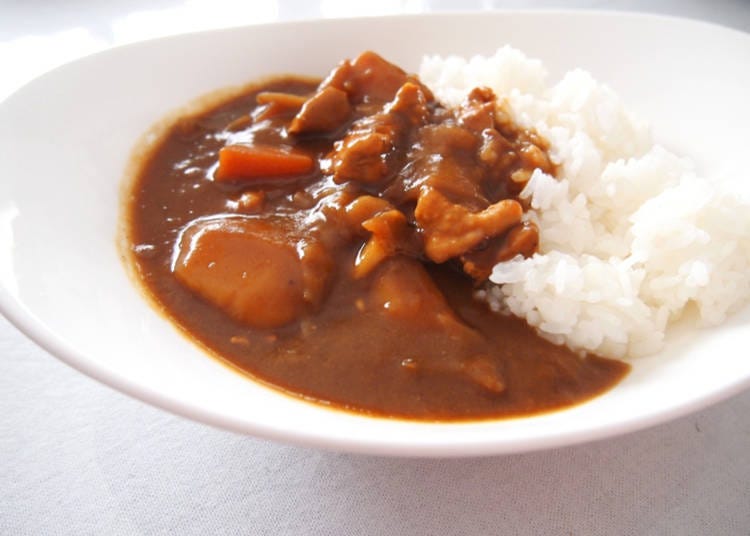
Curry is insanely popular in Japan, especially Japanese curry. Japanese curry is very much a comfort food — it’s sweet, it’s savory, it’s warm. You can make your own at home very easily using instant Japanese curry roux.
Instant Japanese curry roux is sold in packs of small, individually wrapped blocks. All you need to do is throw one of these small blocks into a bit of water or cooking liquid and you will magically have Japanese curry roux. Make your curry roux a bit less store-bought by adding some of your favorite spices, or even combining different curry roux, for a whole new flavor!
8. Umeboshi Paste
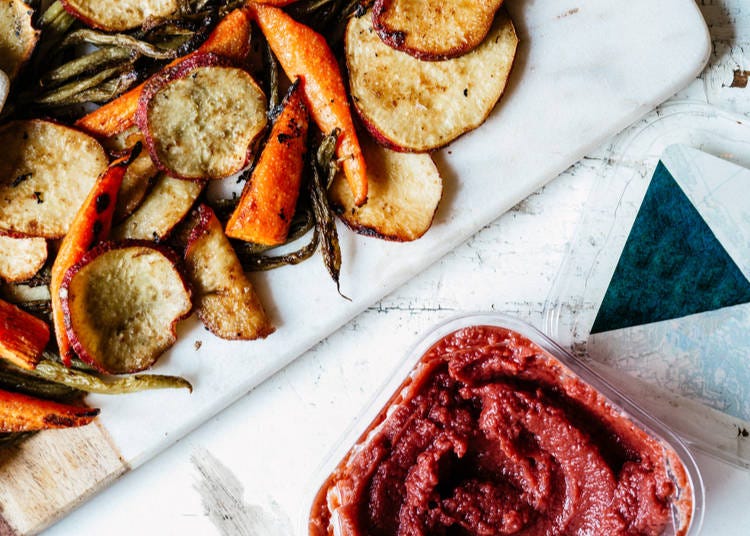
For something a bit healthy, try umeboshi paste. This condiment is made of pickled and puréed umeboshi plums. The result is a salty, citrusy red paste that can be used to add a tangy touch to otherwise plain dishes. Umeboshi paste pairs well with sushi and onigiri and works well on cooked vegetables and salads.
9. Black Sesame Seeds
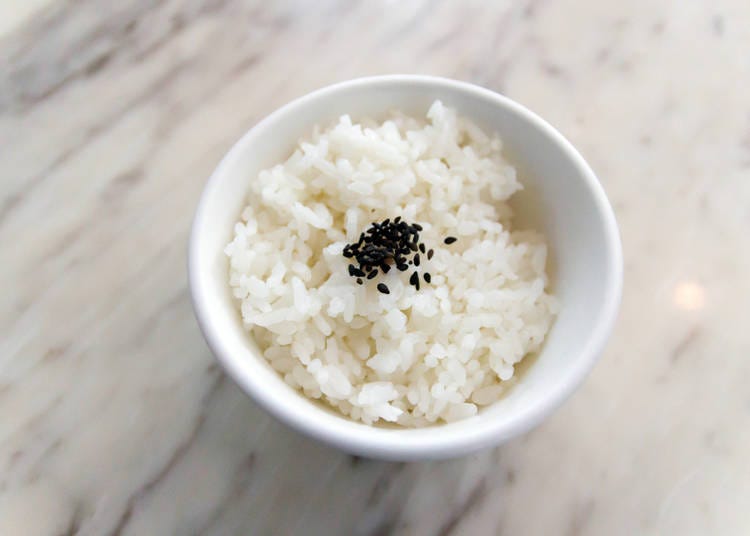
As you eat more Japanese food, you’ll start to notice this superfood ingredient everywhere. The ingredient is black sesame, and it is used in all kinds of dishes — on top of rice, sprinkled over onigiri, in salad dressings, ground in tonkatsu dipping sauce.
Black sesame seeds are also used in goma dofu, a dish in the vegetarian Buddhist diet known as shoujin ryouri, and black sesame ice cream. Black sesame seeds are said to be good for skin and hair, aid in digestion, and have anti-aging properties.
10. Moshio Salt
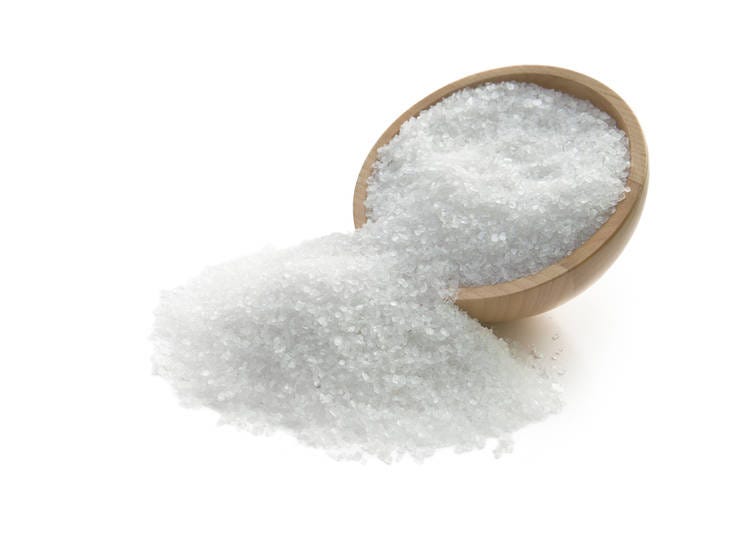
You have rock salt, you have pink salt, and you have moshio salt. Moshio salt is made of seaweed. This salt is the oldest known sea salt, and little is known about moshio other than it was very energy-intensive to make.
Today, moshio salt is seen as a premium Japanese salt with extra depth thanks to the seaweed. Moshio is well-balanced and great for many dishes; dash a bit on soups and salads, or try some moshio-salted crackers or udon.
Japanese spices open up another side of Japanese cuisine. Sweet, spicy, tart, and tangy, these ingredients will wow you in the kitchen. Make sure to try these 10 amazing Japanese condiments!
*Prices and options mentioned are subject to change.
*Unless stated otherwise, all prices include tax.
Popular Tours & Activitiess
Recommended places for you
-

Kanzenkoshitsuyakinikutabehodai Gyugyu Paradise Sannomiya
Yakiniku
Kobe, Sannomiya, Kitano
-

Jukuseiniku-to Namamottsuarera Nikubaru Italian Nikutaria Sannomiya
Izakaya
Kobe, Sannomiya, Kitano
-

Kambei Sannomiyahonten
Yakiniku
Kobe, Sannomiya, Kitano
-
Goods

Yoshida Gennojo-Roho Kyoto Buddhist Altars
Gift Shops
Nijo Castle, Kyoto Imperial Palace
-
Appealing

Rukku and Uohei
Izakaya
Sapporo / Chitose
-

ISHIDAYA Hanare
Yakiniku
Kobe, Sannomiya, Kitano
-

Don't Miss Out! The One Thing You Must Do Before Shopping at Mitsui Shopping Park LaLaport: Get Your Max 10% OFF Coupon Book
-

Simply Oishii Wagashi School Discover Japanese Culture Through Wagashi: A Hands-On Experience!
by: Guest Contributor
-

Keisei × Keikyu 16-Temple Goshuin Tour: Discover Deeper Tokyo & Yokohama
by: Guest Contributor
-

Enjoy Japan's Gorgeous Winter Lights! Ride the Romancecar to Shonan no Hoseki Illumination
by: Guest Contributor
-

Tokyo City Pass Upgrade: Harry Potter Studio Tour & Top Sights up to 85% Off
by: Guest Contributor
-

[Extended Offer!](12% OFF KKday Coupon) Mt. Fuji Autumn Leaves, Powder Snow & More! 15 Best Tours to Experience Japan in Fall & Winter
-

Day Trip from Sapporo to Otaru: Access, Itinerary & Food Guide
by: Guest Contributor
-

Easy Day Trip from Tokyo! Ultimate Sightseeing Guide for Hakone & Lake Ashinoko!
-

Kyoto Momiji: 5 Stunning Places to See Fall Colors in Kyoto
-

Art Hotel Osaka Bay Tower: Stunning Hotel with Buffets and Hot Springs (In-Depth Review)
by: Tabiningen
-

Essential Tokyo: The Complete Guide to Ikebukuro Station
-

Arashiyama Monkey Park Iwatayama: Enjoy Stunning Views of Kyoto with the Company of Monkeys!
- #best sushi japan
- #what to do in odaiba
- #what to bring to japan
- #new years in tokyo
- #best ramen japan
- #what to buy in ameyoko
- #japanese nail trends
- #things to do japan
- #onsen tattoo friendly tokyo
- #daiso
- #best coffee japan
- #best japanese soft drinks
- #best yakiniku japan
- #japanese fashion culture
- #japanese convenience store snacks












